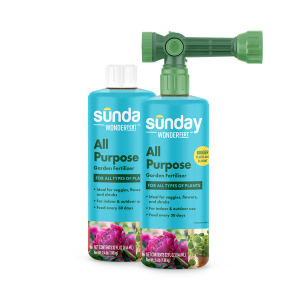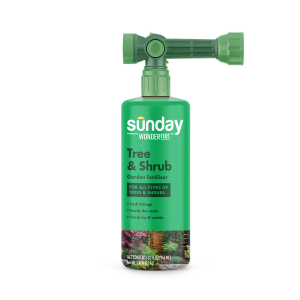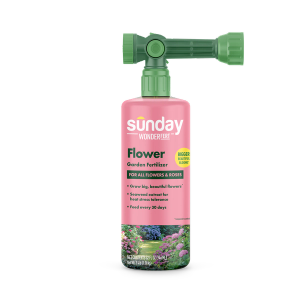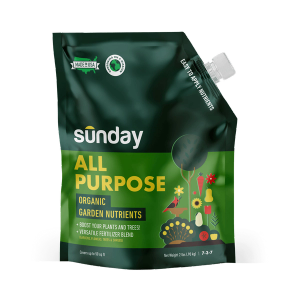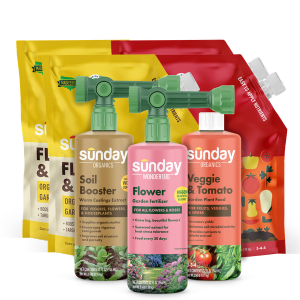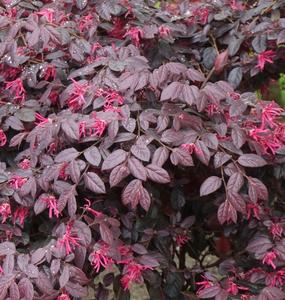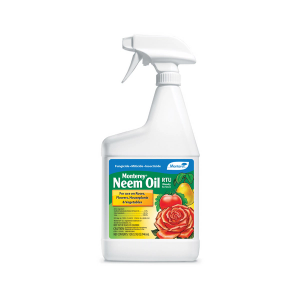Putting plants too close together in a garden can stress them out, which limits their growth, beauty, and overall health. We've created this guide to help make sure they have the space they need to grow deep roots, and get adequate nutrients, water and sunlight. The process is simple!
Find your 'recommended spacing'
The recommended spacing is how much space one plant takes up or the space you will need between each hole in the ground when planting. Plants need to be spaced a certain distance from one another to allow space for them to grow.
Sometimes this is referred to as "on-center" or "o.c." spacing. On-center refers to the distance between the center of one plant and the next.
Go with a planting pattern
The number of plants you'll need to fill a space depends on a square spacing or triangular spacing planting pattern.
As a general rule, triangular spacing can usually fit more plants!
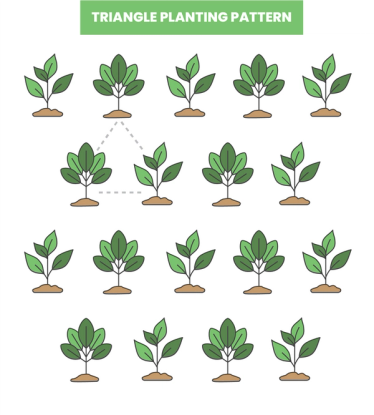
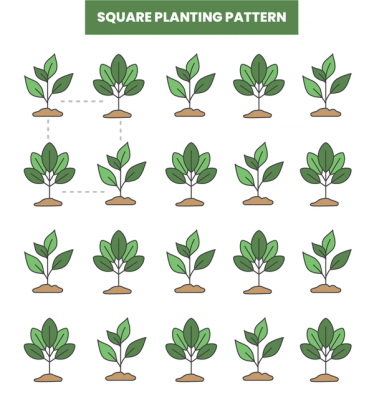
Sunday Tip:
Here's a handy plant spacing calculator to help you figure it out.
Adjust for different spacing needs
Your plant has a lot of growing to do, so make sure to space it out with its full diameter in mind. You can do this by checking the on-center spacing suggestion for each plant. Then measure from the center of one plant to the center of the next plant. If you are placing two plants with different spacing requirements next to each other, you can try drawing a circle around each plant to mark out the area of its spacing needs clearly and ensure it has adequate space to grow into.
If you live in a hardiness zone that's on the colder end for your plant, it may not grow to its full size, so you can plant it closer than you otherwise would.
If you're an experienced gardener familiar with the types of plants you've purchased, you can make a judgment call based on your growing conditions. If you're newer to gardening, check out our planting guides for help planting perennials, trees, shrubs and bare root plants.
Layout your plants before planting
With recommended spacing and planting pattern in mind, where would you like each plant to go? As you prep your garden, place your plants on top of the soil where you'd like to place them before you start digging. If you like the look and they're spaced appropriately, you can get started with planting.
Sunday Tip:
Put smaller plants in the front, medium in the middle and taller plants in the back to create a gorgeous layered look in your garden.
Let your garden grow
Gardens bring nature, peace, and calm to your little plot of land in a way nothing else can. The butterflies, bees and birds appreciate it too! Sit back and enjoy your hard work and make sure to keep an eye on your plants as you maintain your garden. If you made a mistake, it's okay – you can transplant if you need to as things evolve.







